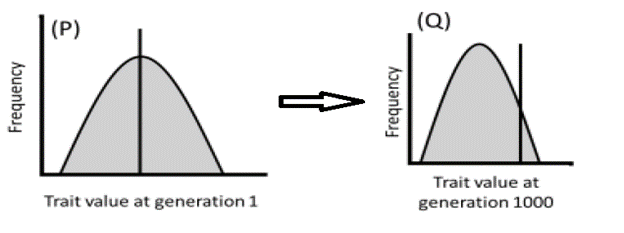TLS Online TPP Program
More Questions
TLS Online TPP Program
#Question id: 12046
#Unit 7. System Physiology – Animal
Which of the following ions has the highest concentration in saliva under basal conditions?
TLS Online TPP Program
#Question id: 12047
#Unit 7. System Physiology – Animal
Biopsies are taken from the antral and duodenal mucosa of a 65-year-old woman. Which of the following hormones can be found in tissue homogenates from both locations?
TLS Online TPP Program
#Question id: 12048
#Unit 7. System Physiology – Animal
A 10-year-old boy consumes a cheeseburger, fries, and chocolate shake. The meal stimulates the release of several gastrointestinal hormones. The presence of fat, carbohydrate, or protein in the duodenum stimulates the release of which of the following hormones from the duodenal mucosa?
TLS Online TPP Program
#Question id: 12049
#Unit 7. System Physiology – Animal
Which of the following hormones is released by the presence of fat and protein in the small intestine and has a major effect to decrease gastric emptying?
TLS Online TPP Program
#Question id: 12050
#Unit 7. System Physiology – Animal
A clinical experiment is conducted in which one group of subjects is given 50 g of glucose intravenously and another group is given 50 g of glucose orally. Which of the following factors can explain why the oral glucose load is cleared from the blood at a faster rate compared to the intravenous glucose load? (CCK, cholecystokinin; GLIP, glucose-dependent insulinotropic peptide; VIP, vasoactive intestinal peptide)
TLS Online TPP Program
#Question id: 12051
#Unit 7. System Physiology – Animal
Migrating motility complexes (MMC) occur about every 90 min between meals and are thought to be stimulated by the gastrointestinal hormone, motilin. An absence of MMCs causes an increase in which of the following?

